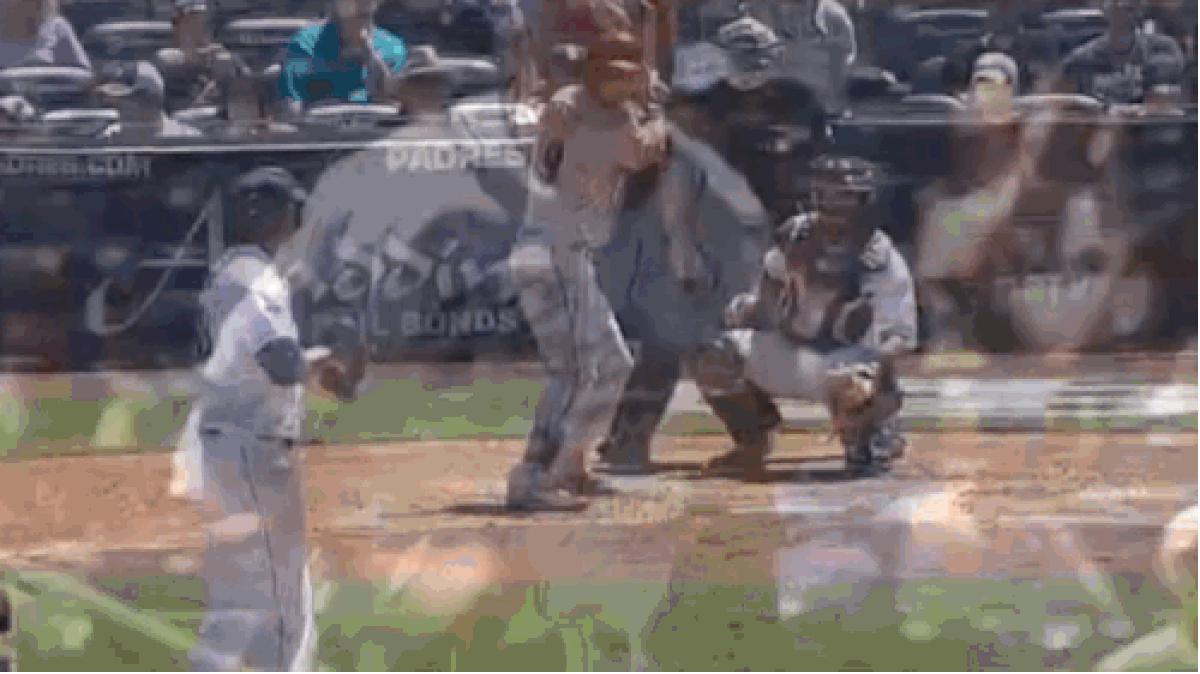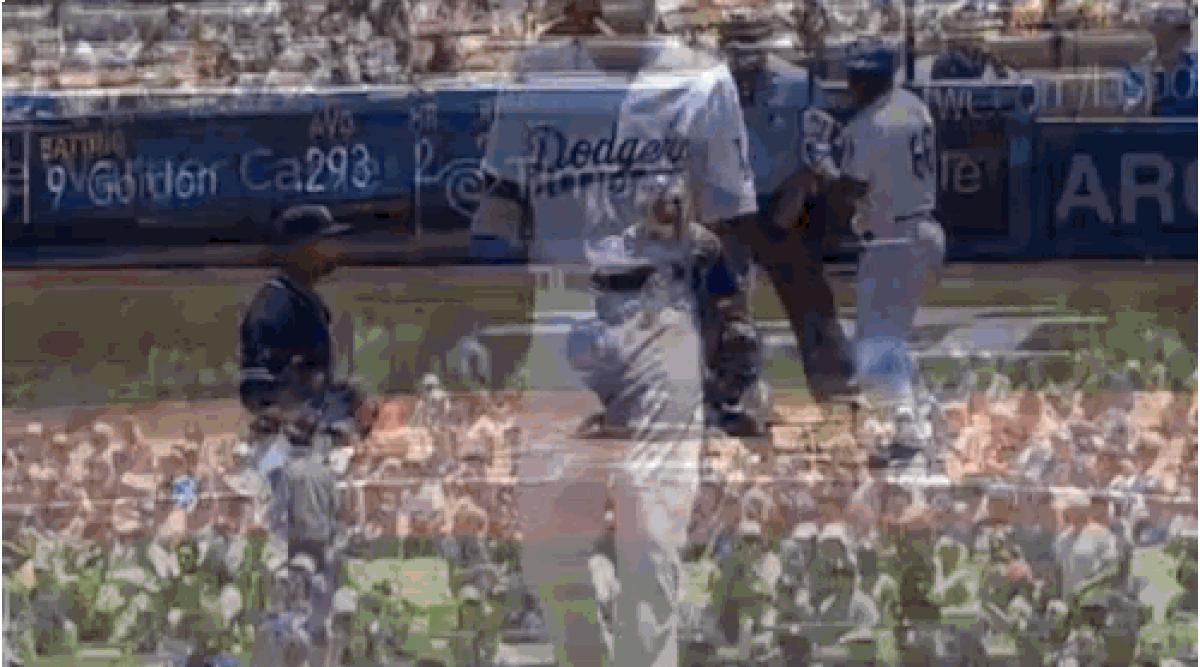Player profile: Tyson Ross' slider and sinker make him a fantasy steal

To kick off our fantasy baseball preview, Michael Beller will profile certain players who may not fit as a breakout, sleeper or bust (all of which we'll discuss in our preview), but who will still make a major impact in fantasy baseball this season.
We’re still pretty early on in the draft prep process, so I’ll forgive some of my fellow fantasy scribes for their rankings of Tyson Ross. Perhaps they forgot that in his first full year as a starter, Ross posted a 2.81 ERA, 3.24 FIP and fanned nearly a batter per inning across 195 2/3 frames. Maybe they’ve overlooked the fact that he has an elite swing-and-miss/ground-ball combo. I know they’re too smart to hold the 13-14 record against him. Seriously, though, what gives? How can Ross possibly be the 25th-ranked starting pitcher, by overall consensus, on FantasyPros?
• Every MLB Winter Report Card | Follow free-agent signings with our tracker
Winter Report Card: San Diego Padres
Before we tackle that question, however, let’s first remind everyone just how good Ross was in 2014. Last year, 23 pitchers had a ground-ball rate north of 50 percent. Of those 23, seven also had a swinging-strike rate in double digits. Ross was one of those seven, along with Felix Hernandez, Clayton Kershaw, Alex Cobb, Francisco Liriano and Jeff Samardzija. That’s already impressive company, and it’s about to get better. Ross’ 57-percent ground-ball rate was better than all of theirs (it was the second-highest in the league, trailing only Dallas Keuchel) and his 12.5-percent swinging-strike rate was better than all but Kershaw and Liriano.
We’ve already separated Ross into some pretty heady territory, but we can find an even more exclusive club for him. In 2014, there were two pitchers who hit each of the following thresholds: 195 innings pitched, 8.9 K/9, 50-percent ground-ball rate, 12-percent swinging-strike rate, and fewer than 0.6 HR/9. Those two pitchers were Clayton Kershaw and Tyson Ross. So yeah, Ross is good, and certainly much better than the 25th starting pitcher. How much better depends on how much you believe in his breakout season, as well as the moves GM A.J. Preller made to shore up what was a historically bad offense in 2014.
Many of us saw this coming from Ross last year. He made 35 appearances in 2013, including 16 starts, and compiled a 3.17 ERA, 3.20 FIP, 1.15 WHIP and 119 strikeouts in 125 innings. He was much better as a starter, too, posting a 3.06 ERA and 2.92 FIP in his starts. In other words, Ross has given the fantasy community 47 starts of SP1 production over the last two seasons. I’m not sure how much more people need to see from him before they believe he is an easy top-20 starter, with a top-10 ceiling.
Player profile: Mookie Betts showed flashes of fantasy greatness in '14
Of course, things weren’t always this rosy for Ross. The A’s selected him early in the second round of the 2008 amateur draft, but he struggled mightily with them in his only real opportunity to start back in '2012, racking up a 6.50 ERA, 4.80 FIP and just 46 strikeouts in 73 1/3 innings. What changed from that season to 2013 and '14, other than a trip south down the Pacific Coast Highway? Ross found his slider.
In his first 150 or so innings in the majors across three different seasons -- all with Oakland -- Ross threw his slider about 24 percent of the time. He typically had success with it, but he relied heavily on his power four-seam fastball. In 2013, Ross threw his slider nearly one-third of the time, and he upped that to 41.2 percent last year. Over the last two seasons, only Yu Darvish has had a more valuable slider than Ross. According to Fangraphs, Ross has saved 2.11 runs per 100 sliders thrown in that timeframe. Darvish is at 2.45 runs saved. Max Scherzer and Kershaw, who both have effective sliders in their own right, check in at 1.71 runs saved and 1.64 runs saved, respectively. Hitters are also whiffing at Ross’ slider about one-quarter of the time overall, and 46 percent of the time when they swung. That explains one half of his dominant whiff/ground-ball combo.
Ross’ sinker explains the other half. According to Brooks Baseball, Ross threw his sinker 31.7 percent of the time last year. It resulted in a ground ball in 71 percent of the at-bats it was put in play, the fourth-best rate in the majors.
Let’s go to the videotape.



Ross has a desirable skill set. Over the last two seasons, he has proved himself capable of harnessing that skill set and using it to pitch effectively. He misses bats and gets ground balls. And now, he might actually have an offense that helps him win more than 13 games in a season. Wins remain a pesky fantasy category, with great pitchers like Ross beset by substandard teammates. There’s no way Ross was a 13-14 pitcher on his own merits last year, but that’s what he was thanks to San Diego’s terrible offense, and the relative lack of wins hurt his fantasy value. With Justin Upton, Matt Kemp, Wil Myers, Will Middlebrooks and Derek Norris added to the Padres this offseason, the offense should be much improved over last year. Upton, Kemp and Myers may not make up the most ideal defensive outfield, but we’ve already illustrated here that Ross isn’t overly worried about outfield defense.
Right now, Ross is an absolute steal at his average draft position. Don’t go around telling your leaguemates that, however. Assuming that doesn’t change between now and late March, he’s one of the biggest bargains on the board.
